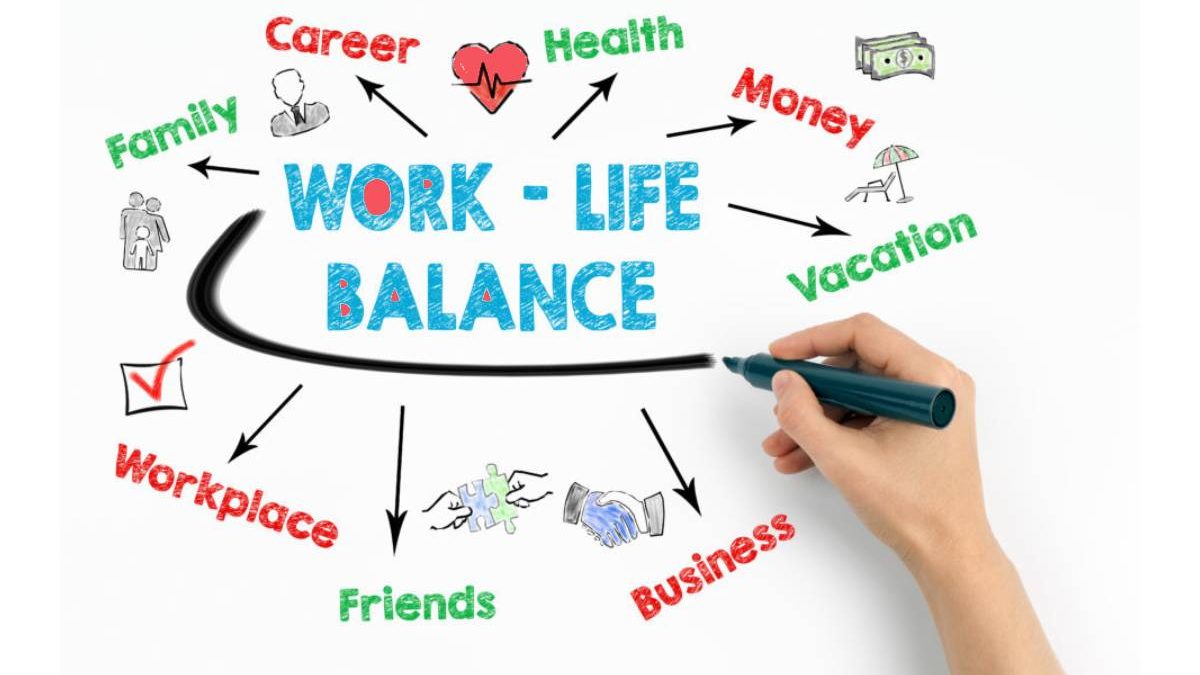In the fast-paced, digitally driven landscape of the modern era, achieving a harmonious work-life balance has become a considerable challenge. The traditional notion of separating work and personal life has evolved into a concept known as work-life integration. This approach recognizes that the demands of work and personal life often intermingle, requiring individuals to adopt strategic and holistic approaches to manage their responsibilities effectively. Here are some strategies for mastering the balancing act in the contemporary world.
Establishing clear boundaries between work and personal life is crucial for maintaining balance. Define specific work hours and avoid the temptation to continue working beyond them. Similarly, allocate dedicated time for personal activities, making sure they are not compromised by work-related tasks. Clearly communicating these boundaries to colleagues and family members helps in respecting your time and priorities.
Modern work environments increasingly offer flexibility in terms of remote work, flexible hours, and alternative work arrangements. Embrace these opportunities to tailor your work schedule to better align with personal commitments. Flexibility allows for a more fluid integration of work and life, enabling individuals to attend to personal matters without compromising professional responsibilities.
Amidst the hustle and bustle of work and personal obligations, self-care often takes a back seat. However, maintaining a healthy work-life balance requires prioritizing your well-being. Schedule regular breaks, engage in physical activity, practice mindfulness, and ensure adequate sleep. Taking care of your physical and mental health enhances your overall productivity and resilience in managing the demands of both worlds.
While technology enables greater flexibility, it also blurs the lines between work and personal life. Utilize technology wisely by setting boundaries on email notifications during personal time and designating specific hours for work-related communication. Establishing digital boundaries helps prevent the constant intrusion of work into personal life and vice versa.
Efficient time management is a cornerstone of successful work-life integration. Prioritize tasks, set realistic deadlines, and use productivity tools to streamline your workflow. By maximizing your work hours, you create space for personal activities without the burden of unfinished work lingering over your personal time. Establishing rituals and routines can bring a sense of structure to both work and personal life. Create a morning routine to set a positive tone for the day and an evening routine to signal the transition from work to personal time. Having consistent rituals provides a psychological separation between different aspects of your life.
Communication is key to successfully managing work-life integration. Clearly communicate your availability, boundaries, and expectations to colleagues, supervisors, and family members. Effective communication fosters understanding and support, minimizing misunderstandings and conflicts arising from conflicting priorities.
Learning to say no is a valuable skill in achieving balance. Assess your workload realistically and recognize your capacity. Politely declining additional responsibilities or commitments when necessary is crucial for preventing burnout and ensuring that you can fulfill your existing obligations effectively.
Building a strong support system is essential for managing work-life integration. Share your challenges and priorities with your family, friends, and colleagues. Involving your support system creates a network of understanding individuals who can offer assistance or provide emotional support when needed.
In conclusion, the modern era demands a nuanced and adaptive approach to balancing the complexities of work and personal life. Work-life integration acknowledges the interdependence of these spheres and encourages individuals to cultivate strategies that promote unity rather than strict separation. By setting boundaries, embracing flexibility, prioritizing self-care, utilizing technology wisely, managing time effectively, establishing rituals, communicating openly, learning to say no, involving a support system, and regularly reassessing and adjusting, individuals can navigate the delicate balancing act successfully. In doing so, they can lead fulfilling lives that encompass both professional accomplishments and personal well-being.

